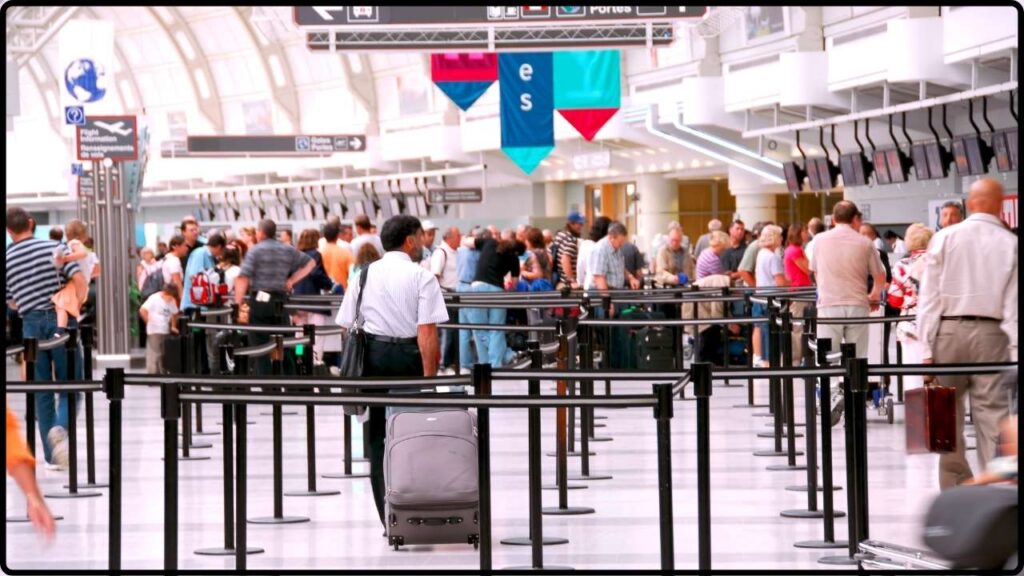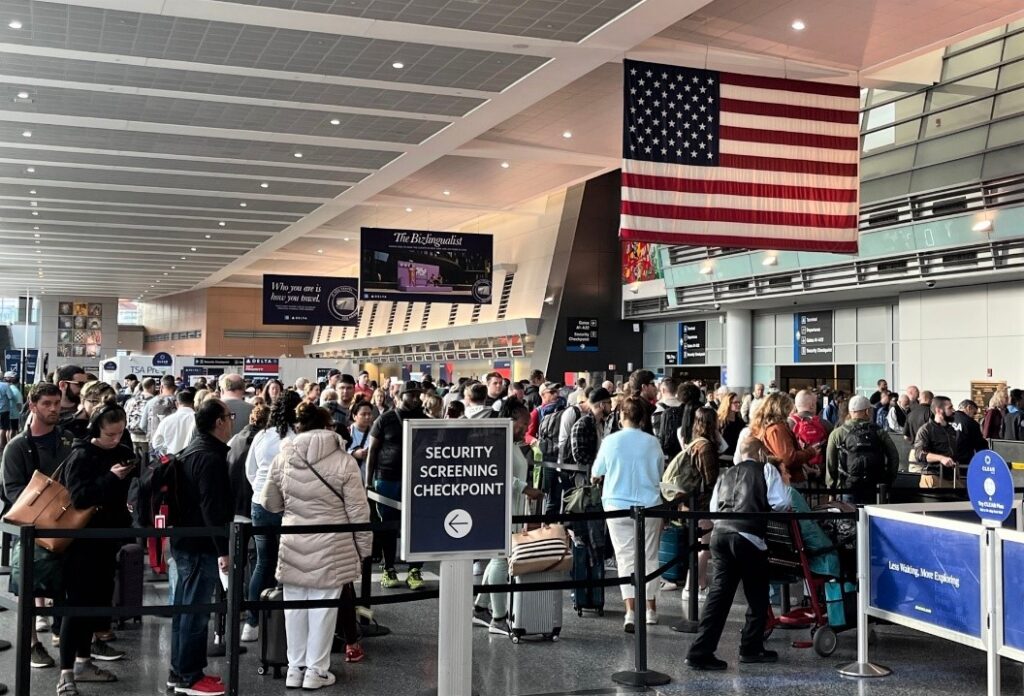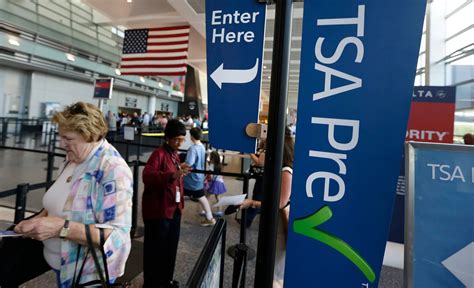
TSA Activates Emergency Protocols Amid Rising Threats: isn’t just a catchy headline—it reflects a growing and very real issue in airport security across the United States. On June 16, 2025, TSA officers at Boston Logan International Airport intercepted a 9 mm handgun in a California-bound passenger’s carry-on bag during routine screening. This discovery triggered emergency shutdown protocols at the checkpoint and launched a wider conversation about security breaches, awareness, and enforcement.
This incident marks the ninth time this year a passenger has been caught trying to bring a firearm through Logan’s security checkpoint—highlighting an alarming trend. For families flying on summer vacations, daily business travelers, and security professionals alike, this raises serious questions: Why are these incidents happening more often? What does it cost? And what can be done to keep airports safe?
TSA Activates Emergency Protocols Amid Rising Threats
The recent incident at Boston Logan isn’t just a local event—it’s part of a broader pattern that has national implications. With firearm detections still trending high and airport threats becoming more complex, understanding the rules, responsibilities, and risks of firearm travel has never been more important. For everyday passengers: double-check your bag. For gun owners: know the law. For airport staff and law enforcement: stay alert and informed. The message is simple: Prepare. Pack. Declare. Mistakes at the checkpoint come with high costs—for you, and for everyone flying around you.
| Key Details | Information |
|---|---|
| Incident | 9 mm handgun found in carry-on at Boston Logan on June 16, 2025 |
| Firearms at Logan (2024) | 24 total (21 loaded), up from 18 in 2023 |
| National Trend (2024) | 6,678 firearms detected at TSA checkpoints, 94% loaded |
| Penalties | $3,000–$17,062 + TSA PreCheck revoked for 5 years |
| Checkpoint Cost Impact | ~$8,500 average economic impact per firearm incident |
| Technology Used | 3D CT scanners, AI-enhanced screening |
| Guidance Source | TSA Firearm Transport Rules |
Boston Logan’s Security Snapshot
Boston Logan, New England’s busiest airport, has quietly become a hotspot for firearm detections. As of June 2025, TSA has reported nine firearms discovered at the airport—trending ahead of the 2024 total of 24. While that number may seem small in comparison to larger hubs like Atlanta or Dallas, Logan’s firearm rate is disproportionately high relative to its passenger volume.
Firearms aren’t supposed to show up at checkpoints—period. But many passengers either forget, misunderstand the law, or simply don’t know the rules. That’s a dangerous mix when combined with real weapons.

National Trend: More Guns, More Problems
Across the U.S., TSA has been grappling with an ongoing surge in weapons being brought to checkpoints:
- In 2024, TSA discovered 6,678 firearms at security checkpoints.
- Roughly 94% of those were loaded, often with a round chambered.
- The agency screened more than 900 million passengers, equating to about 7.4 guns per million travelers.
Although slightly down from the previous year, these numbers remain alarmingly high. Atlanta, Dallas/Fort Worth, and Houston’s Bush Intercontinental have been leading the nation in confiscations.
The TSA’s message? “One firearm at a checkpoint is one too many.”
What Happens When a Gun Is Found?
The discovery of a weapon triggers immediate and serious consequences:
- X-ray alert prompts a TSA officer to stop the bag.
- Security checkpoint shuts down while law enforcement responds.
- The firearm is secured, and the passenger is detained.
- State or airport police take over—deciding on arrest or citation.
- TSA files a civil penalty; in some cases, criminal charges may apply.
Depending on where you’re flying from and to, carrying a gun—even by accident—can lead to fines ranging from $3,000 to $17,062. In many cases, the passenger will also lose TSA PreCheck eligibility for at least five years.
The Hidden Costs of One Mistake
Firearms at checkpoints don’t just pose a safety risk—they have real-world consequences for airport operations.
According to an estimate by the Aviation Security Association, each firearm detection delays travel, increases stress on staff, and results in average losses of up to $8,500 in operational costs:
- Flights may be held up.
- Other travelers are delayed or rescheduled.
- Security staff are redirected from their regular duties.
- Nearby lanes or terminals may be temporarily closed.
These ripple effects harm not just the individual, but also thousands of others.

Why Is This Happening More Often?
A few recurring factors are to blame for the increase in firearm finds:
- Complacency or forgetfulness: Many passengers simply forget their firearm is in their bag.
- Inconsistent firearm storage: Travelers use the same bag for everyday use and for the range.
- Unfamiliarity with TSA rules: Some mistakenly believe a concealed carry permit allows carry-on transport.
- Spike in first-time gun owners: Post-pandemic America has seen a dramatic rise in gun sales, particularly among individuals new to firearms.
Additionally, certain states have lenient gun laws, making travelers less aware of federal transportation restrictions when flying.
TSA Activates Emergency Protocols Amid Rising Threats
To manage this surge in gun-related incidents, TSA has introduced several initiatives:
- AI-enhanced screening tools and 3D CT scanners for sharper bag analysis.
- Enhanced training protocols for officers and better detection processes.
- Public awareness campaigns such as “Prepare, Pack, Declare”, encouraging travelers to check their bags and follow firearm transport rules.
- Increased fines and penalties as deterrents.
- Collaboration with airlines and local law enforcement to track repeat offenders.
These measures aim to ensure passenger safety while maintaining efficient checkpoint flow.
Step-by-Step: How to Travel Legally with a Firearm
If you plan to fly with a firearm, here’s how to do it the right way:
- Unload the firearm completely. No ammo, no rounds in the chamber.
- Place it in a locked, hard-sided case. This must be sturdy and sealed.
- Declare it at the check-in counter, not at the gate or security checkpoint.
- Pack ammunition separately, in a manufacturer’s box or similar container, within checked baggage.
- Follow airline-specific guidelines as they may have additional requirements.
Never place a firearm in your carry-on. Even if it’s a mistake, TSA treats all violations seriously.

Real Stories from the Field
Case 1: The “I Forgot” Traveler
In 2024, a business traveler headed to Miami was caught with a loaded firearm in her handbag at Logan. She claimed she forgot it was there after visiting a shooting range. Despite no ill intent, she was fined $3,500 and lost TSA PreCheck for five years.
Case 2: The Responsible Gun Owner
A licensed hunter flying from Montana to Georgia properly declared his unloaded rifle in a locked case. TSA inspected it, tagged it, and the traveler faced no issues. A model example of how to fly with a firearm correctly.
Legal Consequences: Not Just a Fine
While TSA issues civil fines, criminal charges can also be filed by local authorities. These may include:
- Possession of a firearm in a restricted area
- Negligent handling of a weapon
- Transport without a proper license
Consequences vary by jurisdiction, but in places like Massachusetts or New York, even forgetting can lead to arrest and prosecution.
And the penalties don’t stop at law enforcement. Airlines can refuse service, and the passenger may be placed on internal watchlists.
Tips for Families and First-Time Travelers
For those unfamiliar with TSA firearm rules or traveling with children:
- Create a travel checklist before packing.
- Keep firearms and ammo stored separately at home and only pack when needed.
- Double-check all bags—especially ones used for multiple purposes like gym bags or backpacks.
- Talk to kids about airport security, so they understand the seriousness of weapons.
Education is the best prevention tool.
Skip the Paperwork: How Some U.S. Travelers Are Going Global Without Extra Visas
TSA’s 3-1-1 Rule Explained: What You Need to Know Before Your Next Flight Abroad
Goodbye Passports? Apple’s New Digital ID in iPhone Wallet Is Changing Global Travel Forever











